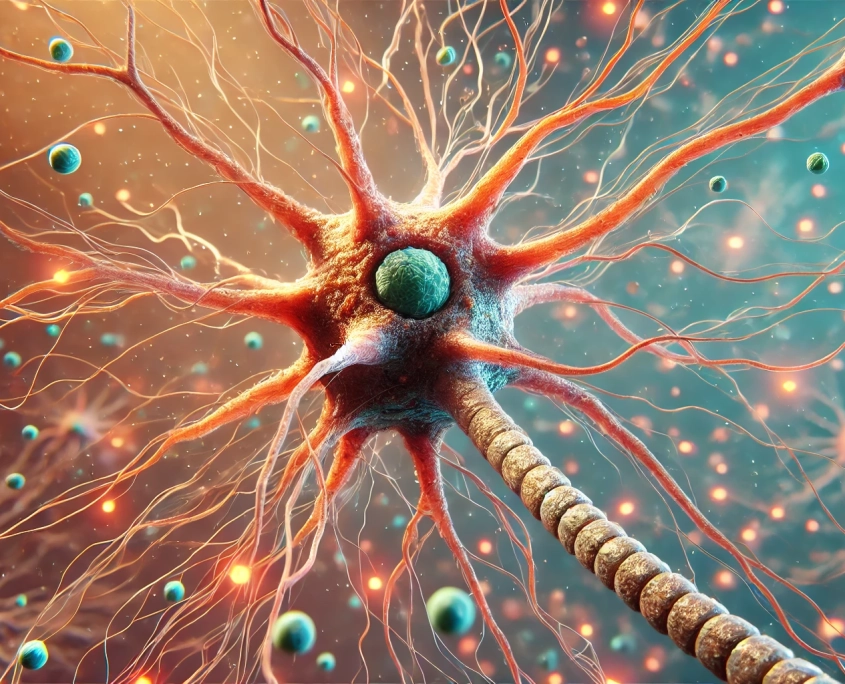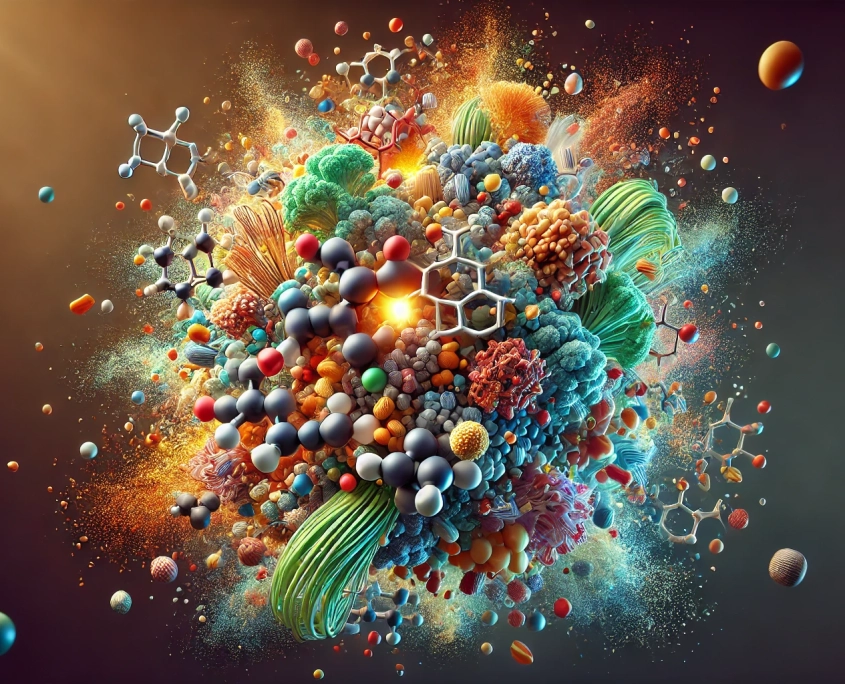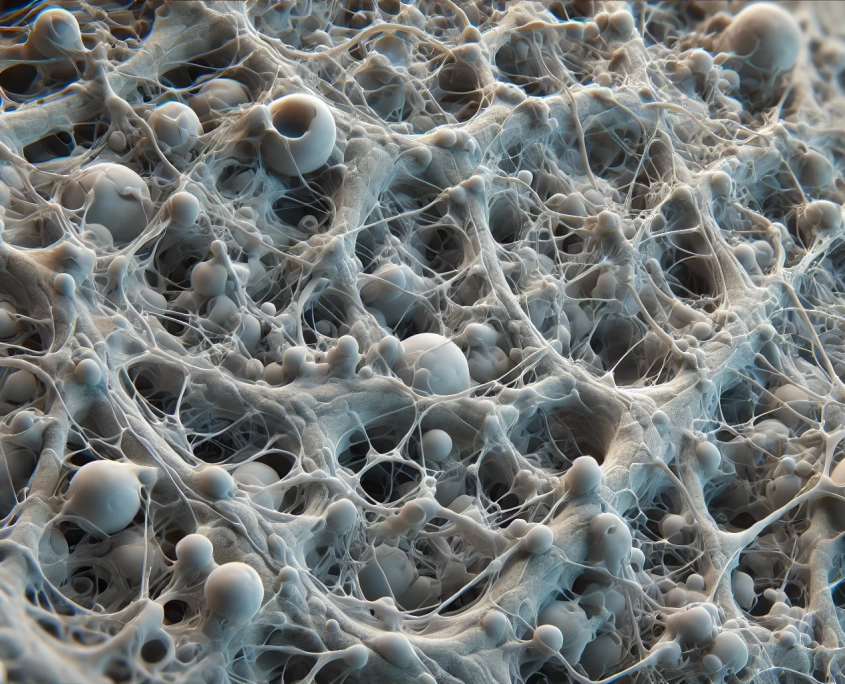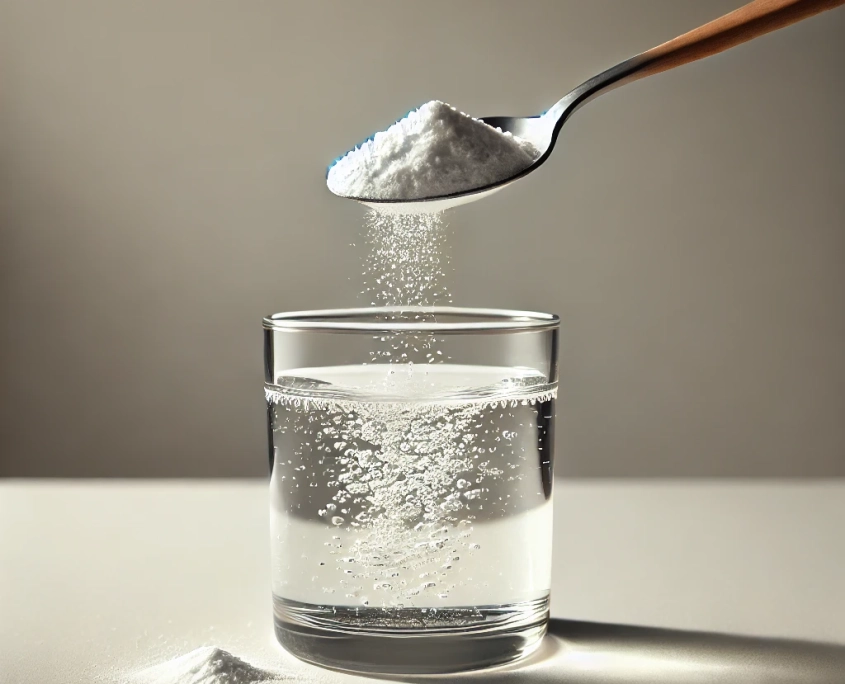
Livton® Complex is a specialized liver tonic formulated to support healthy liver function, gallbladder health, and overall digestive wellness. This paper highlights the key ingredients of Livton® Complex, including Globe Artichoke, Dandelion Root, Milk Thistle, Bupleurum, and Fringe Tree, exploring their phytochemical properties and therapeutic applications. Each component contributes to the synergistic effects of Livton® Complex, making it a potent formula for individuals seeking to maintain liver health, promote digestion, and support the body’s natural detoxification processes.
Livton® Complex is a herbal supplement designed to enhance liver and digestive functions through a blend of potent botanical extracts. The liver plays a crucial role in detoxifying the body, processing nutrients, and managing energy production, while the digestive system is essential for nutrient absorption and waste elimination. Supporting these systems is vital for maintaining overall health. This paper provides a detailed analysis of the phytochemical composition and therapeutic potential of the key herbs in Livton® Complex.
Key Ingredients and Their Benefits
Globe Artichoke Leaf (Cynara scolymus)
- Key Phytochemicals: Cynarin, luteolin, and caffeic acid derivatives.
- Therapeutic Actions: Globe Artichoke is renowned for its hepatoprotective properties, which means it helps protect the liver from damage. It also stimulates bile production, aiding in digestion and the detoxification process. Globe Artichoke is often used to lower cholesterol levels and improve symptoms of indigestion.
Dandelion Root (Taraxacum officinale)
- Key Phytochemicals: Taraxasterol, chicoric acid, and sesquiterpene lactones.
- Therapeutic Actions: Dandelion Root is a potent diuretic and liver detoxifier. It promotes the excretion of bile from the liver, aiding in digestion and detoxification. Additionally, it has anti-inflammatory and antioxidant properties, supporting liver function and overall digestive health.
Milk Thistle Seed (Silybum marianum)
- Key Phytochemicals: Silymarin complex (silibinin, silychristin, silydianin).
- Therapeutic Actions: Milk Thistle is widely recognized for its ability to protect the liver from toxins and stimulate the regeneration of liver cells. The silymarin complex in Milk Thistle acts as an antioxidant, reducing liver inflammation and supporting the repair of liver tissue. It is commonly used in conditions like liver cirrhosis, hepatitis, and fatty liver disease.
Bupleurum Root (Bupleurum falcatum)
- Key Phytochemicals: Saikosaponins, polyacetylenes, and lignans.
- Therapeutic Actions: Bupleurum Root is a key herb in traditional Chinese medicine, known for its ability to harmonize the liver and spleen. It is often used to treat liver stagnation, which can manifest as irritability, headaches, or digestive issues. Bupleurum has anti-inflammatory, hepatoprotective, and immune-modulating effects, making it beneficial for overall liver health.
Fringe Tree Bark (Chionanthus virginicus)
- Key Phytochemicals: Lignans, oleuropein, and secoiridoid glycosides.
- Therapeutic Actions: Fringe Tree Bark is known for its ability to stimulate bile flow, aiding in the digestion of fats and supporting liver and gallbladder health. It is used traditionally to relieve jaundice, gallstones, and other liver-related conditions. Its anti-inflammatory and antioxidant properties also contribute to its role in liver support.
Nutritional Information:
Livton® Complex combines these herbs to provide a comprehensive approach to liver and digestive health. The standardized extracts ensure a consistent and potent supply of key phytochemicals, enhancing the therapeutic benefits of the formula. Each herb plays a vital role in promoting bile production, supporting liver detoxification, and improving digestive function.
Dosage and Administration:
The recommended dosage of Livton® Complex is 1-2 tablets, taken 1-2 times daily. It is best used in pulse dosing, such as 3 days on and 4 days off, or as directed by a healthcare professional.
Livton® Complex is a scientifically formulated herbal supplement that offers robust support for liver and digestive health. The combination of Globe Artichoke, Dandelion Root, Milk Thistle, Bupleurum, and Fringe Tree provides a powerful blend of phytochemicals that work synergistically to promote liver detoxification, support bile production, and improve digestive function. Regular use of Livton® Complex contributes to better overall health by maintaining the healthy function of the liver and digestive organs.








